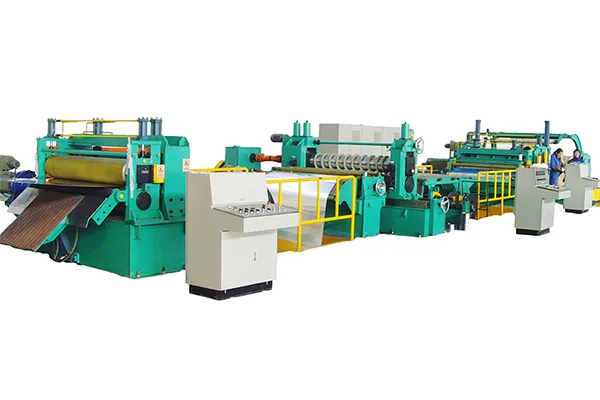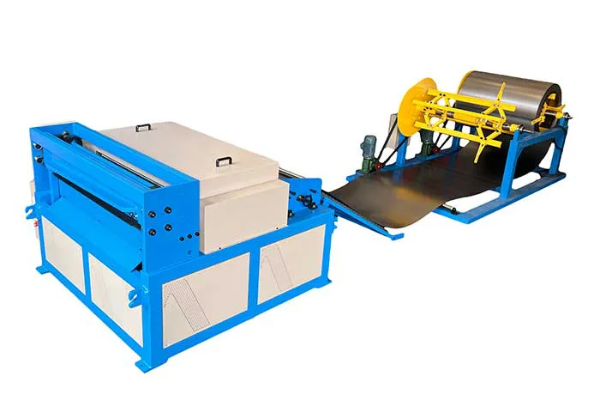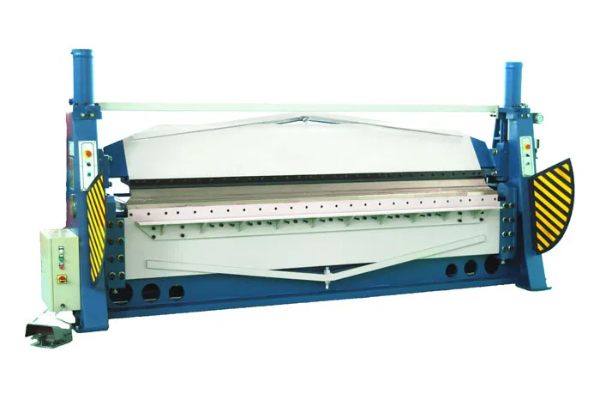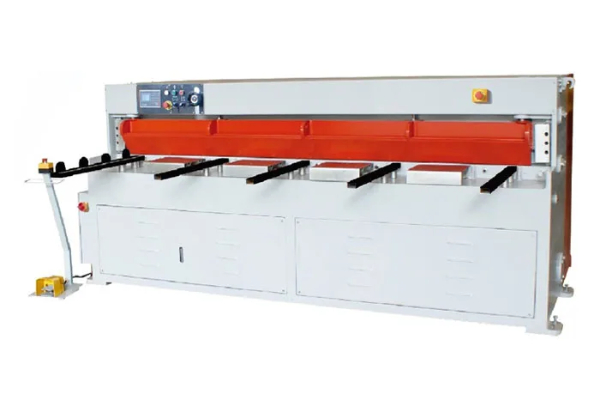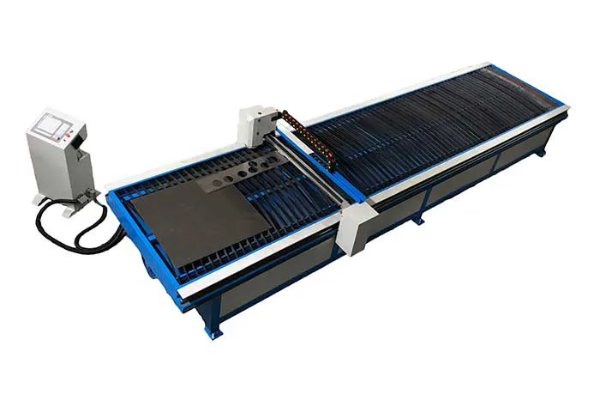
Designing Effective Bending Processes with Advanced Metal Plate Bending Machines
- By:Metmac
- 2024-08-21
- 83
Metal plate bending is a fundamental process in the fabrication industry, enabling the shaping of metal plates into complex geometries. Advanced metal plate bending machines have revolutionized this process, offering enhanced precision, efficiency, and flexibility. Designing effective bending processes with these machines requires careful consideration of various factors, which this article will delve into comprehensively.
Material Selection
The type of metal being bent significantly influences the bending process. Different materials possess varying degrees of ductility, strength, and springback. Understanding the material’s properties is crucial to determine the appropriate bending parameters, such as bending force, bending angle, and bend radius. Selecting a material that is compatible with the intended application and aligns with the machine’s capabilities ensures optimal bending results.
Tooling Selection
The choice of tooling used in the bending process directly affects the quality and accuracy of the bend. Advanced metal plate bending machines often come with a range of tooling options, including different punch and die configurations. The size and shape of the tooling, as well as its material and hardness, need to be carefully selected based on the workpiece dimensions, material properties, and desired bend radius.
Process Parameters
The bending process involves setting various parameters, such as bending force, bending angle, and bending speed. These parameters must be optimized according to the material properties, tooling selection, and workpiece geometry. Inadequate bending force can result in underbending, while excessive force may strain or damage the workpiece. The bending angle should be precise and accurately controlled to meet the design specifications. Bending speed affects the bending time and the formation of the bend.
Bend Allowance and Springback
Bend allowance is the additional material required to compensate for the springback of the workpiece after bending. Springback is the tendency of the material to return to its original shape after the bending force is released. The amount of bend allowance and the magnitude of springback vary depending on the material, thickness, and bending angle. Accurately calculating and incorporating bend allowance into the design is essential to achieve the desired bend geometry.
Quality Control and Inspection
Throughout the bending process, quality control measures should be implemented to ensure that the bends meet the required specifications. Regular inspections should be conducted to check the accuracy of the bending angle, bend radius, and overall workpiece quality. Inspection techniques include visual inspection, dimensional measurement, and non-destructive testing. Maintaining stringent quality control standards ensures the reliability and performance of the bent components.
Conclusion
Designing effective bending processes with advanced metal plate bending machines requires a comprehensive understanding of material properties, tooling selection, process parameters, bend allowance, springback, and quality control. By carefully considering these factors and optimizing each aspect of the process, manufacturers can harness the full potential of these state-of-the-art machines and produce high-quality bent components with precision, efficiency, and reliability.
-
Reliable Sheet Metal Equipment for Sale to Support Precision Fabrication
2025/07/17 -
Advanced Duct Machine AC and Fabrication Solutions from Metmac
2025/07/12 -
The Advantages of Using a Sheet Roll Forming Machine in Manufacturing
2024/09/14 -
How to Optimize Your Laser Sheet Cutting Machine for Maximum Performance
2024/09/12
-
Precision Sheet Metal Shearing and Forming Machines for Efficient Steel Processing
2025/08/02 -
Versatile Sheet Metal Equipment and Press Machines for Precision Fabrication
2025/08/02 -
High-Precision Solutions for Sheet Metal: Laser Cutting and Folding Machines
2025/08/02 -
Innovative Solutions from Leading Duct Machine Manufacturers
2025/07/21
-
Integrating Automation with Rectangular Duct Machines for Enhanced Productivity
2024/05/11 -
Metal Shear Machines- Essential Tools for Precision Metal Cutting
2024/05/11 -
Understanding the Role and Function of Steel Strip Slitting Machines
2024/05/11 -
Maintenance Tips for Longevity of HVAC Duct Machines
2024/05/11
-
A Guide to the Latest Innovations in Sheet Metal Folding Machines
2024/11/29 -
Key Features to Consider When Investing in a Sheet Metal Folding Machine
2024/11/28 -
Enhancing Precision with Advanced Sheet Metal Folding Machines
2024/11/27 -
How to Choose the Right Sheet Metal Folding Machine for Your Workshop
2024/11/26
